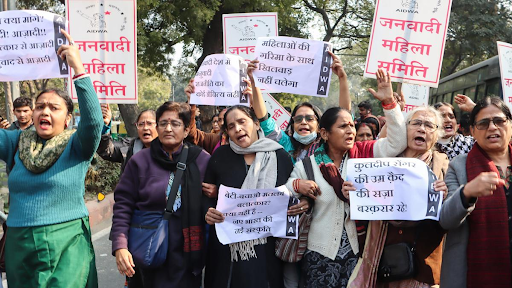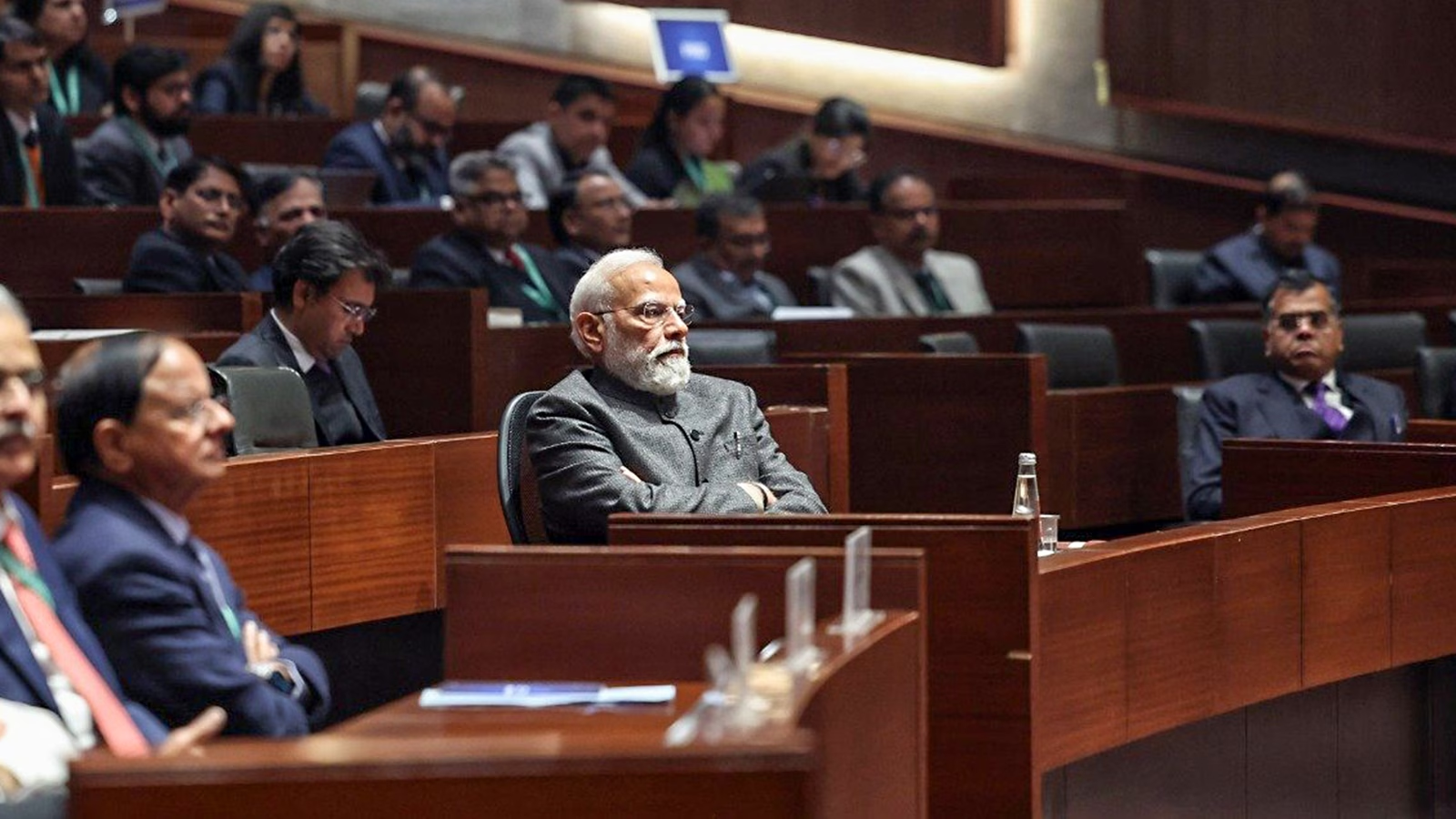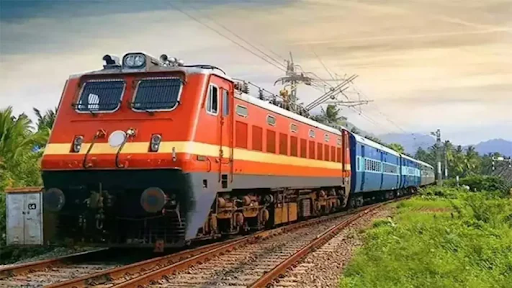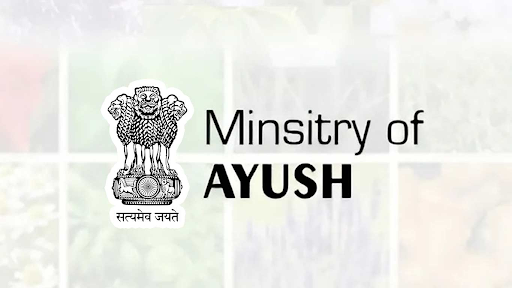



India’s 2027 Census, starting April 2026, will be digital, featuring caste enumeration after 90 years. Conducted in two phases—house-listing and population enumeration—it uses mobile apps, self-enumeration, and GPS tagging. New questions cover internet access, migration reasons, and gender inclusion. Challenges include digital literacy and connectivity, addressed through training and offline functionality.

Copyright infringement not intended
Picture Courtesy: INDIAN EXPRESS
The Union Government has officially announced the 16th Census of India.
The 2021 decennial exercise, postponed from its original date due to the COVID-19 pandemic.
The Census will take place in two phases, with the reference dates set as March 1, 2027, for most of the country and October 1, 2026, for snow-bound and remote regions such as Ladakh, Jammu & Kashmir, Himachal Pradesh, and Uttarakhand.
Electoral Demarcation => The drawing of electoral constituencies and the reservation of seats for Scheduled Castes (SCs) and Scheduled Tribes (STs) are based on census data.
Resource Allocation => The distribution of central government grants to states and districts, along with subsidies and food rations, is linked to population figures.
Infrastructure and Welfare Planning => Ministries depends on census data to decide the location of essential services like schools, primary health centers, and other infrastructure projects.
Constitutional Mandates => Article 82 of the Constitution requires the delimitation of constituencies based on the most recent census. Similarly, Articles 330 and 332 mandate the reservation of legislative seats for SCs and STs based on their population.
Socio-economic Insights => The census provides valuable data for understanding trends in migration, urbanization, employment, and fertility, which are crucial for researchers, planners, and the judiciary.
The census operation involves about 30 lakh enumerators, who are mostly school teachers. The process is divided into two main phases.
Phase 1: House-listing and Housing Census
In this initial phase, every structure across the country is visited to collect data on the building's characteristics and the household's living conditions.
Information is collected on aspects like the construction materials used, number of rooms, ownership status, and access to essential amenities such as water, electricity, sanitation, and cooking fuel.
This phase also records the availability of assets like televisions, phones, and vehicles. This phase is expected to be conducted in 2026.
Phase 2: Population Enumeration
This phase focuses on collecting detailed information about individuals. This includes their name, age, sex, date of birth, relationship to the head of the household, marital status, education level, occupation, religion, and migration history.
This is the phase where the caste enumeration will take place. This is expected to be completed in February 2027.
Digital Census
Digital Data Collection => The 2027 Census will be India's first-ever digital census. Enumerators will use handheld devices or smartphones with a pre-loaded census app to collect data.
Self-Enumeration => For the first time, households will have the option to self-enumerate by logging into a government portal or using a mobile app to fill in their details. Upon completion, a unique ID will be generated, which can be shown to the enumerator when they visit.
GPS Integration => To ensure better coverage and avoid gaps, the 2027 Census will use GPS tagging of households.
Real-time Monitoring => A Census Management and Monitoring System (CMMS) will allow for real-time tracking of progress and quick resolution of any issues that arise in the field.
New Areas of Inquiry
Caste Enumeration => For the first time since 1931, the census will collect caste data for all communities, not just for SCs and STs.
Digital Access => New questions will measure the availability of internet connections and the ownership of mobile phones and smartphones in households.
Migration due to Climate Change => The census will now include categories to understand migration driven by climate events and natural disasters.
Gender Identity => There will be clear options for individuals to identify as transgender.
Other Additions => The house-listing phase will also inquire about access to drinking water within the dwelling, the type of gas connection (piped natural gas v/s LPG), and more detailed vehicle ownership information.
 Must Read Articles:
Must Read Articles:
India's 2027 Digital Caste Census
Source:
|
PRACTICE QUESTION Q. Consider the following statements regarding the Census of India: 1. The first complete decennial census in India was conducted in 1872. 2. The 1948 Census of India Act mandates the Union Government to release census data within a specific notified period. 3. The Registrar General and Census Commissioner of India, under the Ministry of Statistics and Programme Implementation (MoSPI) is responsible for conducting the census. How many of the above statements are correct? A) Only one B) Only two C) All three D) None Answer: D Explanation: Statement 1 is incorrect: While a census was conducted in 1872 under British Viceroy Lord Mayo, it was not synchronous (it was held at different times in different parts of the country). The first complete and synchronous decennial census, covering the entire country simultaneously, was conducted in 1881. Statement 2 is incorrect: The Census of India Act 1948, provides the legal framework for conducting the census. However, it does not specify any mandatory timeline for the government to release the collected data. Statement 3 is incorrect: The Office of the Registrar General and Census Commissioner of India is responsible for conducting the census, but it functions under the Ministry of Home Affairs (MHA), not MoSPI. |







© 2026 iasgyan. All right reserved